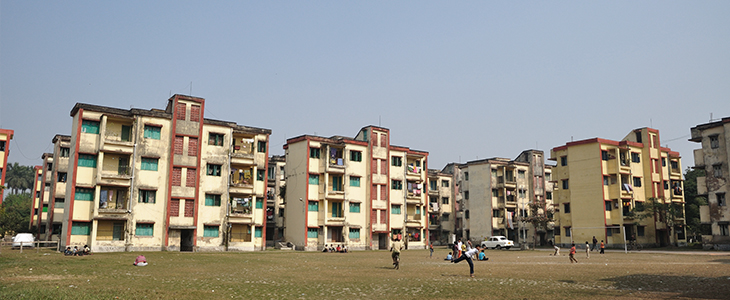
Frontal Assault Turns to Stealth: MLAs Sneak Back
20 March 2017
This is the fourth part of the Raghu Bytes series on ‘Avoiding Accountability’.
When a new government took charge in Karnataka in 2013, the ethos of the ruling party remained the same as before. There was an outward commitment to decentralisation and empowering of the Panchayats, but behind the scenes, the compulsion was to give MLAs more powers of decision making locally.
This parallel stream of thought continues till this day. The Panchayat supporters in the ruling party – as is the case with every mainstream party – is considerable. They were able to maintain pressure on the government to announce more reforms to strengthen peoples’ participation and local governments. A Committee to suggest amendments to the Karnataka Panchayati Raj Act was set up by the government, under the Chairpersonship of a senior MLA, Mr. Ramesh Kumar. He was subsequently elevated as the Cabinet Minister for Health, after he completed and submitted the report. This author served as a member of the Committee.
At first, I must admit, I was sceptical about the effectiveness of the committee. Initially, we seemed to be saying the same things over and over again; of how Panchayats were to be strengthened, and they in turn were to be kept in check and monitored by the Grama Sabhas. Nobody seemed to realise, in my opinion that many of these visions had been envisaged earlier, but had fallen by the wayside. However, soon, my cynicism gave way to hope. As the participants in the committee began to get into the details with the chairpersons encouragement, we began to focus on the real implementation issues. One of the key questions that generated a debate was how participation ought to be facilitated for the selection of beneficiaries for various programmes. The Grama Sabhas and Ward Sabhas created in 2003 were not very effective; that was the general consensus. So, the approach of configuring Neighbourhood or Habitation sabhas as the feeder system for decision making in the Gram Sabhas, was suggested. This made eminent sense; the earlier Grama Sabha decisions were usually tilted in favour of the main village in each Panchayat, where the relatively prosperous people lived, leaving the poor who lived on the village fringes untouched by welfare programmes. Neighbourhood sabhas would bring these people into the fold of decision making and enable them to espouse their cause further.
Due to the dedication and political adroitness of the Chairperson, a few other dedicated members with political connects, and the Rural Development Minister’s support, the recommendations of the Committee found expression in the enactment of a new Act altogether, the Gram Swaraj Act of Karnataka. On the issue of beneficiary selection, the act reiterated the finality of the selection process through the Grama Sabhas; with the only change being that the selection process would start even below the wards, in each habitation.
As is always the case, political support for the act was unequivocal. Sometimes it makes me wonder if legislators actually read the fine print in all the laws they pass.
Then, the second thoughts began to emerge. However, the battles for empowerment are a seesaw one; attempts to turn the clock back don’t always result in status quo ante. In this case, with respect to the selection of beneficiaries for housing, the conundrum was addressed in an intelligent way. To wrest away the powers of selection of beneficiaries from the Grama Sabha would have shown up the government in a bad light, and in any case, any instruction of this nature would have been contradictory of the law.
So the government brought in the MLAs through a different route. While MLAs were not involved in the selection of individual beneficiaries, they were empowered by government instruction to decide upon how many houses allotted to the constituency could be allocated to each village and panchayat.





